Project 10: Constellations Exhibition
Role: Co-curator (with Michelle Kasprzak), Manchester, UK.
Responsibilities: Curation (conceptual proposal, pitch’s to funders and gallery teams, artist selection, artist invitations and contracting, installation space planning and layout, graphic and visual design management), management of gallery teams - marketing, technical, and front of house, instructing technicians on the installation of work, sponsorship, coordination with gallery team on preview events and exhibition talks and tours.
Constellations was an exhibition at The Cornerhouse Gallery, Manchester, UK that showed four international artists working with sculptural and installative form. Minimalist in their approach, all works presented ideas on remoteness, fragility, disintegration, melancholy, and transience, together creating a profound and almost palatable sadness.
Drawing on the historic usage of constellations as maps or event atlases of the celestial sphere, the exhibition presented a collection of ideas on ephemerality, impermanence, and flux in contemporary art. This organic group of pieces, when in relation to one another, formed new ideas and notions, new constellations, each as fluid and volatile as the other.
The works selected were concerned with the fragility and breakdown of content. This instability not only manifests as a dissolution or reduction, but also as a loss of content, a shift in form, or the temporality of an objects’ existence. Each metaphorically dealt with the passing of time, creating its own duration, but ultimately bringing the attention back to the present moment. The result was an exhibition that in structure and content is all at once timeless, durational and unstable.
Image credits: Paul Greenwood.
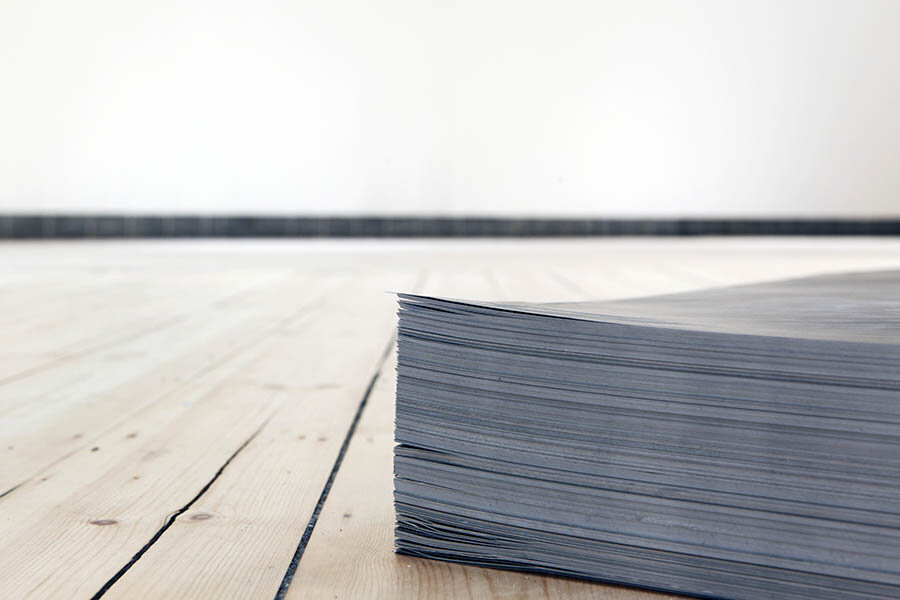
Felix Gonzales-Torres, Untitled, 1991. Courtesy of The Felix Gonzalez-Torres Foundation and Andrea Rosen Gallery, New York. Printed poster stack.
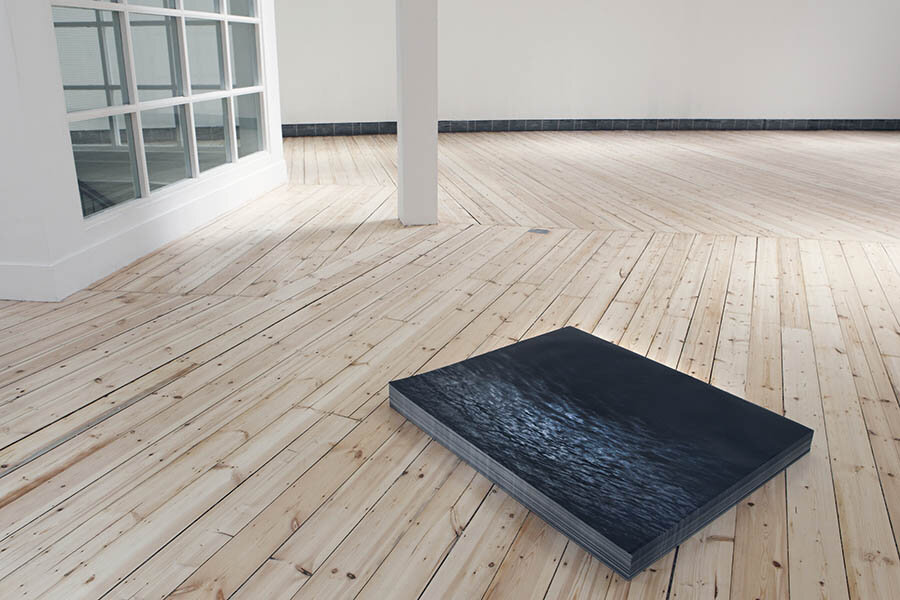
Felix Gonzales-Torres, Untitled, 1991. Courtesy of The Felix Gonzalez-Torres Foundation and Andrea Rosen Gallery, New York. Printed poster stack.
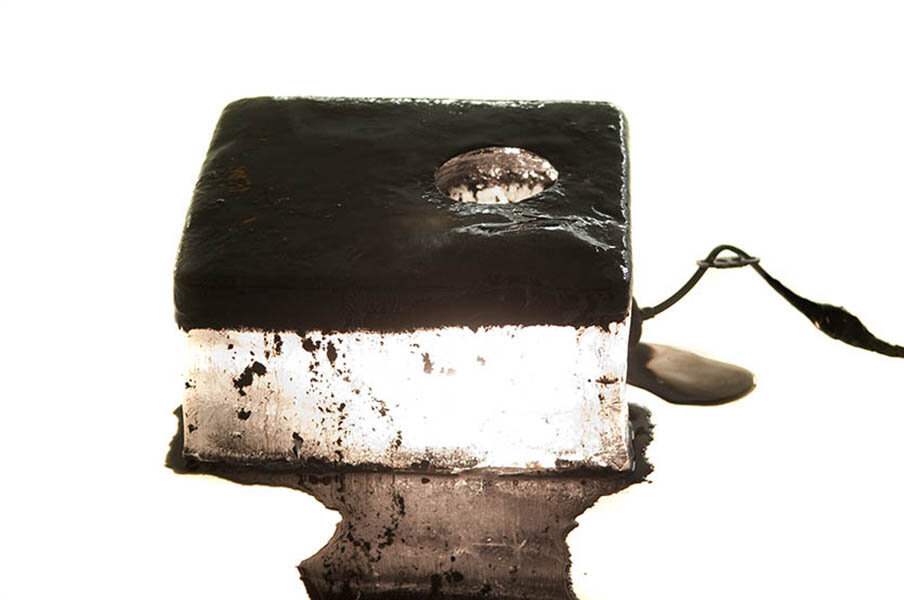
Kitty Kraus, Untitled, 2008. Courtesy the artist and Galerie NEU, Berlin. Ice, Ink, Light bulb.
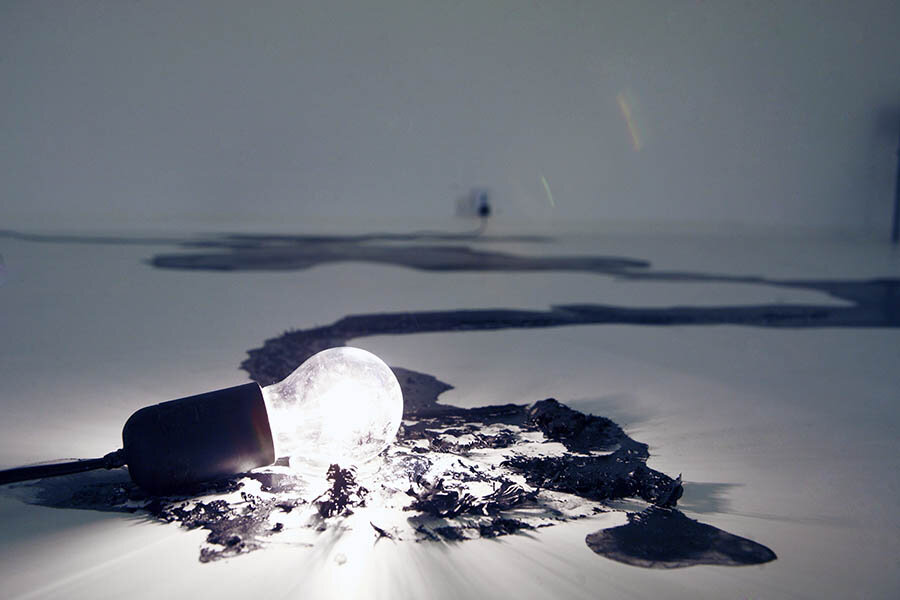
Kitty Kraus, Untitled, 2008. Courtesy the artist and Galerie NEU, Berlin. Ice, Ink, Light bulb.

Kitty Kraus, Untitled, 2008. Courtesy the artist and Galerie NEU, Berlin. Ice, Ink, Light bulb.
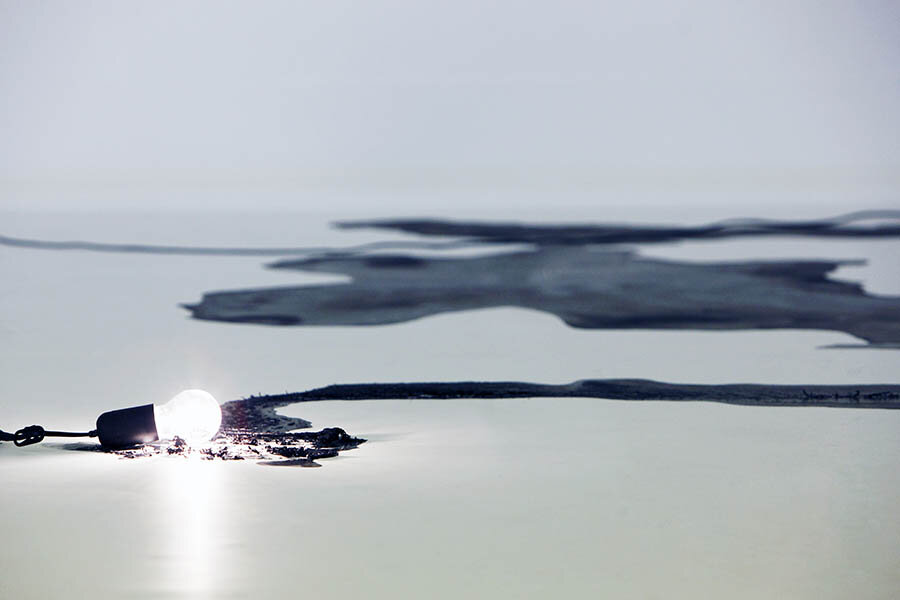
Kitty Kraus, Untitled, 2008. Courtesy the artist and Galerie NEU, Berlin. Ice, Ink, Light bulb.

Katie Paterson, Earth Moon Earth, 2007. Courtesy the artist. Player Piano.
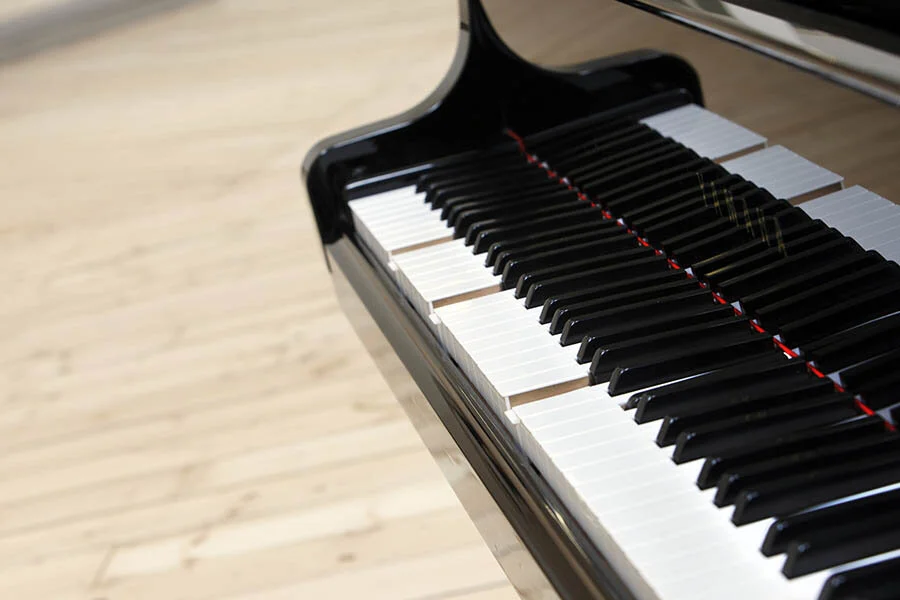
Katie Paterson, Earth Moon Earth, 2007. Courtesy the artist. Player Piano.

Katie Paterson, Earth Moon Earth, 2007. Courtesy the artist. Morse Code Wall prints.
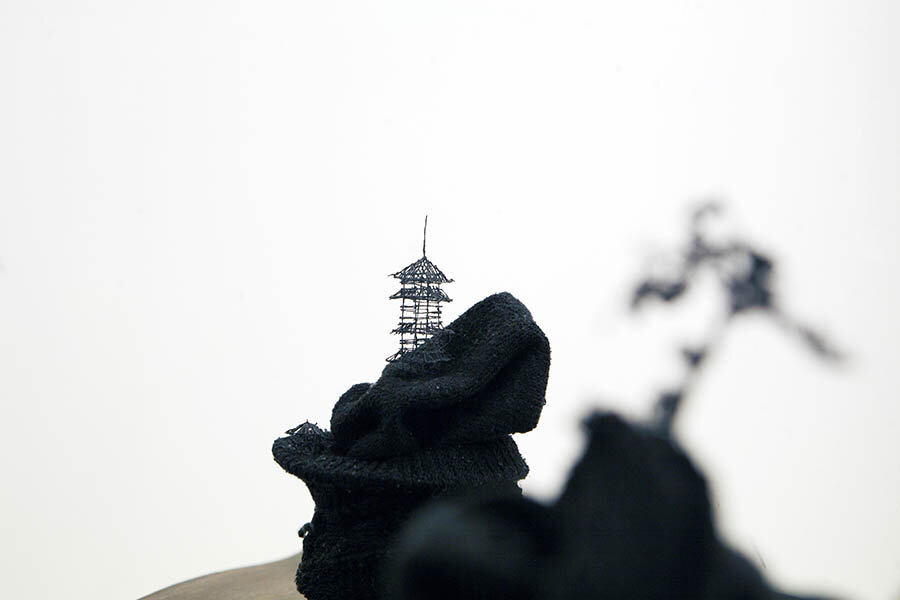
Takahiro Iwasaki, Out of Disorder, 2009. Courtesy the artist and URANO Gallery, Tokyo. Pencil lead, human hair, collected fluff, socks and thread.
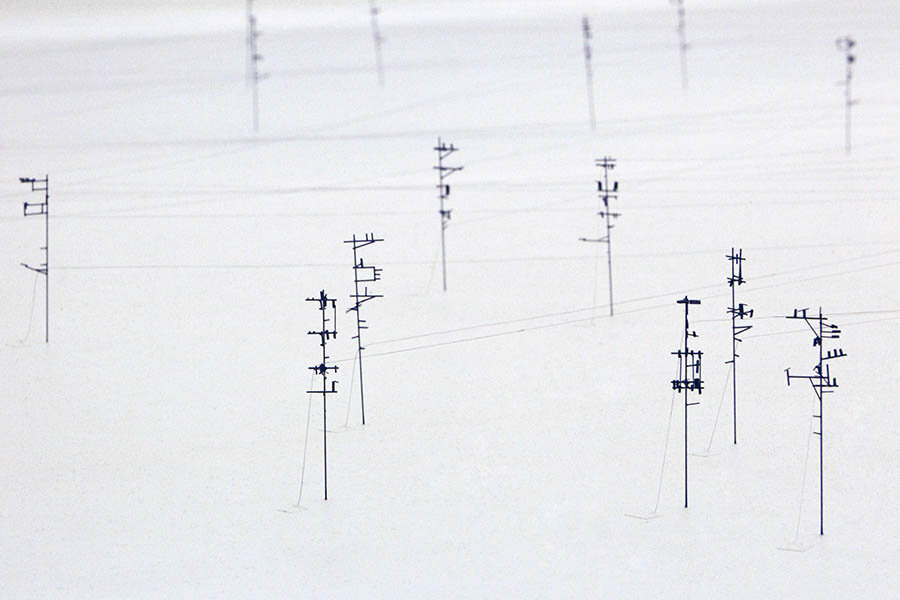
Takahiro Iwasaki, Out of Disorder, 2009. Courtesy the artist and URANO Gallery, Tokyo. Pencil lead, human hair, collected fluff, socks and thread.
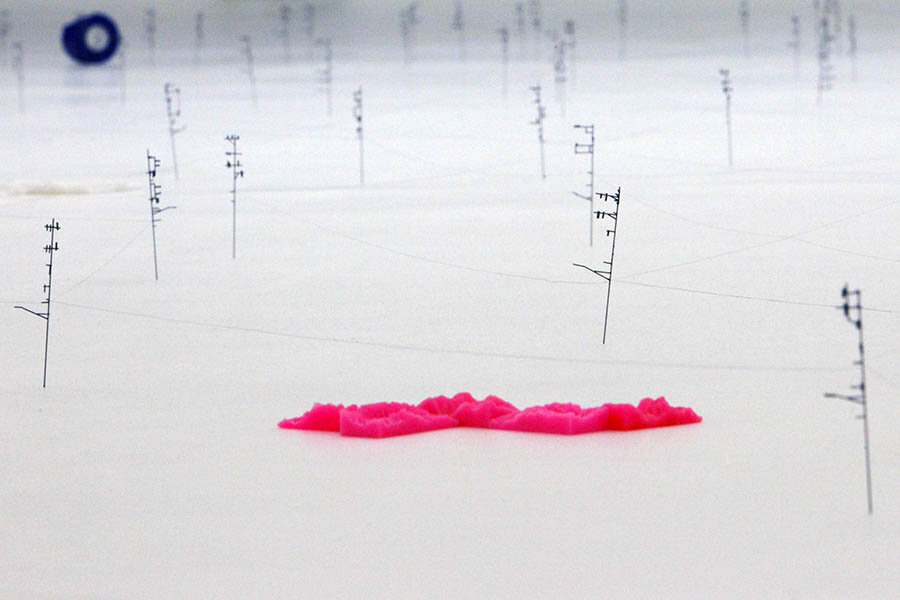
Takahiro Iwasaki, Out of Disorder, 2009. Courtesy the artist and URANO Gallery, Tokyo. Pencil lead, human hair, collected fluff, socks and thread.
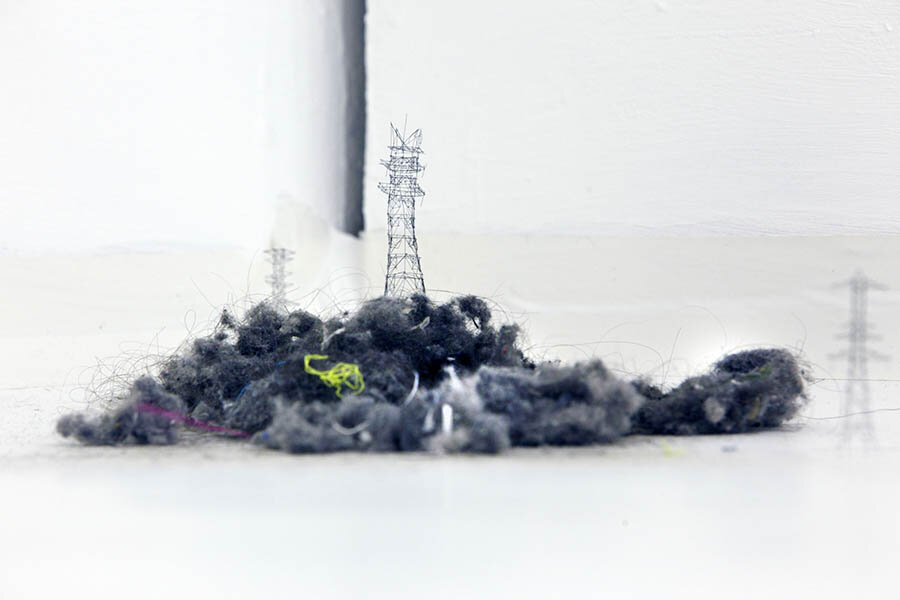
Takahiro Iwasaki, Differential, 2011. Courtesy the artist and URANO Gallery, Tokyo. Pencil lead, human hair, collected fluff, socks and thread.
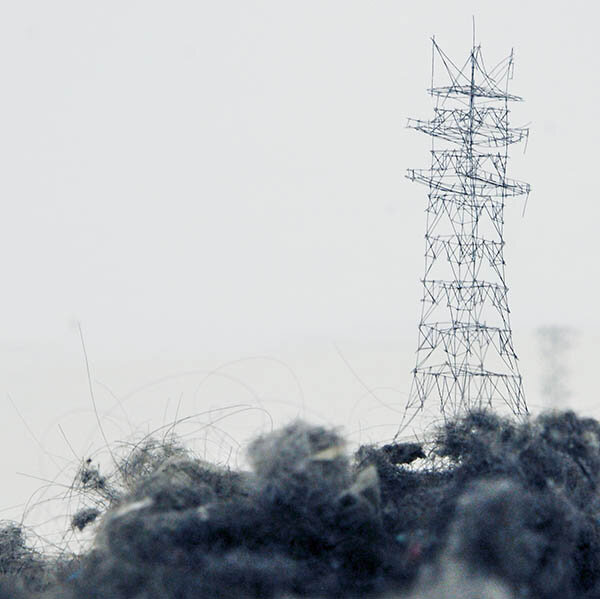
Takahiro Iwasaki, Differential, 2011. Courtesy the artist and URANO Gallery, Tokyo. Pencil lead, human hair, collected fluff, socks and thread.
Artist Information
Felix Gonzalez-Torres
b Guaimaro, Cuba, 1957; d Miami, Florida, 1996
One of the most important aspects of "Untitled", 1991 is its significant and essential relationship to the many bodies of Gonzalez-Torres’ work that use the sea as a metaphor for transience, time and travel. Water appears throughout all of Gonzalez-Torres major bodies of work, which include his puzzles and photographs. The image is a reflection not only of the literal, transient nature of traveling from one place to the other, but more importantly captures the essence of a moment. Each moment in time can be a moment which transforms what comes after; one moment can transform time.
All of the manifestable paper stacks are printed anew when loaned for exhibition, and so much of the fluctuation of the work is determined by the owner’s or exhibitor's choice when manifesting the work. This, in itself, shows how the work is regenerated and exists over time. Although the artist used an original paper size based on the readily available standard of the country where it was first exhibited and an ideal height, these choices were meant to be seen as open-ended parameters to be used as guidelines when manifesting the work in the future.
Takahiro Iwasaki
b. 1975, Hiroshima, Japan; Lives and works in Hiroshima.
‘A phenomenon creates an image for a moment and then immediately it disappears. This is like the false image of a medieval temple being reflected momentarily in the pond that surrounds it, or the undulating contours of a mountain range formed and changed over an eternity. The false image reflected in the water is sculpted in a moment. With delicate towel cloth, solid mountains are presented as an unstable existence. The images reflected in the water, the pylons on the top of the mountains, and the construction cranes complement and resonate each other in fleeting moments.’ Takahiro Iwasaki 2010 (Art|41|Basel)
Iwasaki’s pieces create remodelled miniatures of cities and nature using daily commodities that have been integrated in our everyday lives to the extent that they usually go unnoticeable. Towers are constructed from threads taken from towels, scarves and socks; cranes are created using threads taken from bookmarks; telephone poles are erected with technical pencil lead; and mountain ranges emerge from carved erasers. These elaborate pieces made from extremely delicate materials seem as though they will fall apart with the slightest touch.
Kitty Kraus
b. 1976 in Heidelberg, Germany; lives and works in Berlin.
Kitty Kraus produces work that has been described as “a fresh look at Minimalism and Constructivism”. Her work does show a lineage with these two movements, and her work is also a provocation: is her untitled ice lamp work a sculpture, a drawing, an event? Starting as a sculpture composed of frozen inky water, a lightbulb, and an electrical cord plugged into the wall, it becomes an event as soon as it is unveiled and the ice begins to melt. Once it has all melted and dried, the unruly remains become an image.
In addition to transcending categories, the fragility of material in many of her works (including materials such as ice, glass, and mirrors) creates a sense of suspense in viewers, wondering if the shape will hold, or if the work will change. Ultimately underpinning the untitled ice lamp works is a sense of narrative, as those who have seen the ice block knows that what is now a beautiful floor-drawing was once a solid form.
Katie Paterson
b. 1981 Glasgow, Scotland; lives and works in Berlin, Germany.
Earth–Moon–Earth (Moonlight Sonata Reflected from the Surface of the Moon) is a work that will first confront the viewer as a piano playing a portion of Beethoven’s Moonlight Sonata, a classical music favourite. Soon after entering the room, visitors will notice errors in the playback. These errors are the result of Paterson sending the score in Morse code from earth to the moon - via radio waves, and receiving the information back once reflected off the surface of the moon. Information is lost in the transmission, resulting in a new piece of music created with the aid of radio technology and the texture of the moon’s surface.
The two morse code transmissions are presented as wall prints, the first with the code sent, and the second with what was received back.